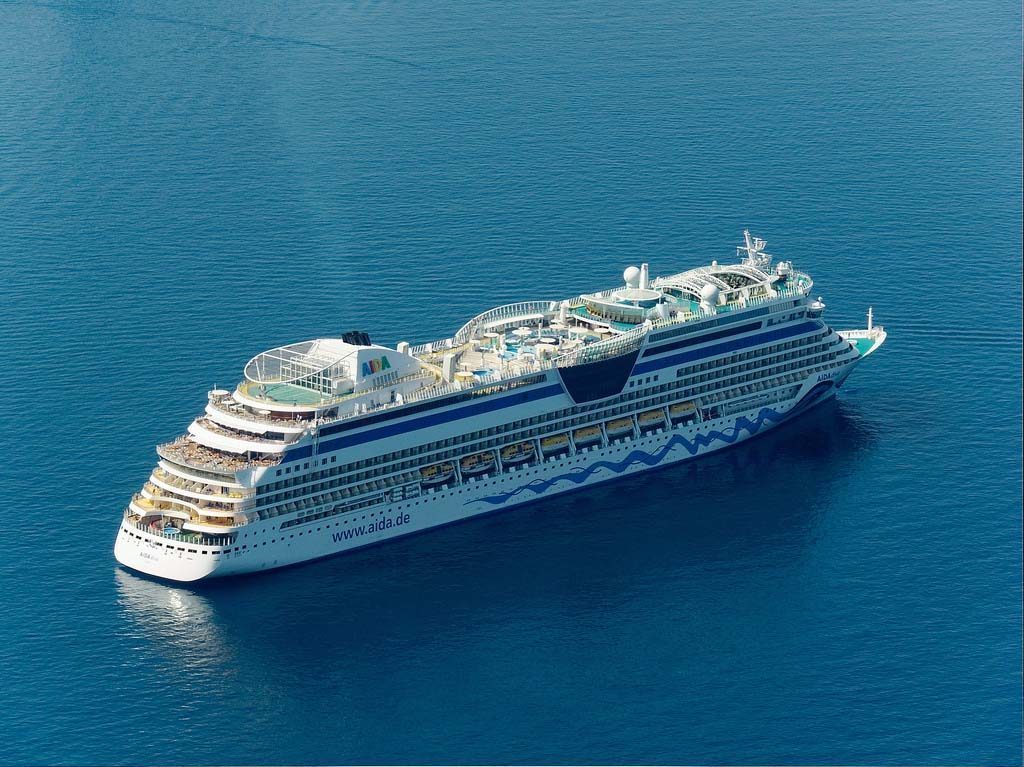
Reviving an idea to lodge some football fans and guests during the 2022 World Cup in “floating hotels,” the Qatar Tourism Authority (QTA) has announced plans to contract at least 6,000 cruise ship rooms for the winter tournament.
QTA announced its intentions in a statement to Qatar News Agency yesterday during an international cruise ship expo in Miami, USA.
The 6,000 rooms figure equates to about five average-sized cruise ships, and would represent approximately one-third of the 16,000 hotel and apartment hotel rooms currently available in Qatar.

The tourism authority did not say where the cruise ships would be berthed during the World Cup, but authorities have previously discussed transforming the existing port near the Museum of Islamic Art into a dedicated cruise ship terminal.
The repurposing of the port would presumably happen after the first phase of the $7.4 billion Hamad Port in Mesaieed is completed in 2016.
Hotel build-up
The country has been racing to significantly increase its room supply ahead of the World Cup to meet FIFA requirements.
According to the guidelines, Qatar must have a minimum of 60,000 rooms available by 2022 for fans, players and officials. However, in Qatar’s bid document in 2010, the nation pledged to develop an ambitious 100,000 rooms by the time the tournament begins.
The cruise ship deal is expected to secure 10 percent of FIFA’s accommodation requirement for the World Cup.

It comes amid a wider expansion strategy in which QTA aims to have 80 new hotels and apartment hotels operating within the next five years.
By the end of this year, the goal is to add an additional 4,000 rooms across 20 new hotels and apartments.
However, many of the projects are experiencing delays. Last week, the Mondrian Hotel next to Lagoona Mall announced it would be pushing back its planned opening date another six months, with a new launch planned for September this year.
And late last year, the Mandarin Oriental Hotel, under construction in Msheireb district, said its projected launch had also slipped. It is now expected to open in 2016.
Pressure is on
The idea of commissioning “floating hotels” for the upcoming tournament was first raised two years ago, at a Cityscape conference in May 2013.
There, plans were unveiled for a $5.5 billion (QR20 billion), 445-acre Oryx Island project that was to be built by Barwa Real Estate. Some 25,000 rooms were supposed to be provided through cruise ships that would be docked at the island.

However, a year later, the plan was quietly scrapped.
Qatar has come under significant pressure over its ambitious hotel-construction plans, with some analysts predicting a World Cup “hangover” and plummeting room occupancy after the event.
A report published last year by Deloitte forecast that, based on previous tourist numbers, Qatar could only support around 38,000 hotel rooms after the tournament, based on approximately 60 percent room occupancy.
“While investment into the hospitality and tourism sector in Qatar is growing and demand is steadily increasing, there is a risk that the demand growth will not be sufficient in order to sustain this level of supply growth post-2022 FIFA World Cup,” the firm’s hotel market report said.
However, recent studies have been more upbeat. QTA figures released in February showed that Qatar welcomed 2.83 million visitors in 2014, up 8.3 percent on the previous year and double the number of tourists and visitors from 2009.
While visitors from neighboring Gulf countries make up the largest portion of this number, at 1.12 million, the largest increase is shown in visitors from Asia – up 20 percent to 782,904 last year.
Meanwhile, commercial real estate agency Colliers International has recently predicted a more positive outcome for Qatar’s hospitality sector, expecting occupancy rates for hotels in Doha to rise to between 71 percent and 84 percent this year.
This is up from the average of 71 percent occupancy during 2014 and 61 percent the previous year, according to QTA figures.
Future plans
The recent rise in tourism numbers comes as QTA embarks on an ambitious strategy announced early last year to increase the number of visitors to Qatar by up to 7.4 million by 2030.
Part of Qatar’s economic diversification from hydrocarbons, the plan aims to make the state a more attractive destination for Gulf visitors, but also for other tourists globally.

One of the challenges Qatar faces in this regard is creating a niche to separate it from other established Gulf holiday destinations such as Dubai and Oman.
In the strategy, the QTA outlined a number of areas of focus for Qatar, including developing its “sun and beach” offerings and providing “authentic” cultural experiences, showcasing Qatari heritage.
This is in addition to its ongoing push to host major global sporting tournaments, and to attract more international conferences and business events.
Commenting on QTA’s latest deal with cruise ship operators, chief tourism development head Hassan Al Ibrahim said it was part of a wider strategy to develop Qatar as a Gulf destination for cruise ships.
The region is already one of the world’s three most popular destinations for “winter sun” cruises” and has grown at a rate of around 30 percent each year since 2008, QTA’s statement said.
“We want to promote Qatar as a key maritime destination, and capitalize on the already substantial cruise traffic in the Gulf, which Qatar is currently unable to support,” Al Ibrahim added.




